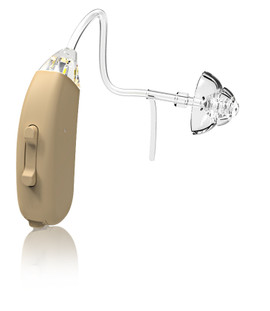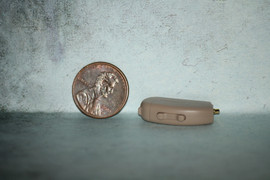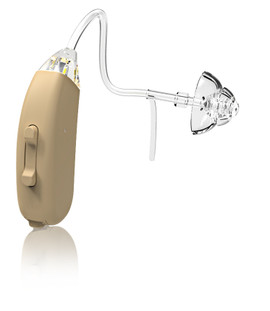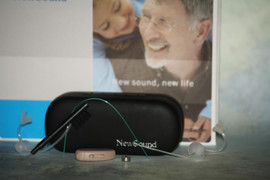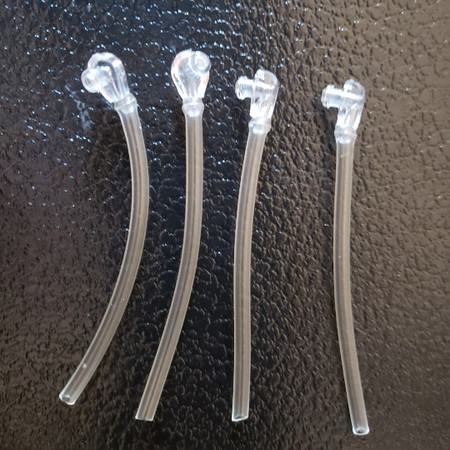Understanding the Lifespan of Different Hearing Aid Parts
Posted by DR Paul on Jul 10, 2023
Hearing aids are crucial devices that play an essential role in the lives of people living with hearing loss. They are designed to improve hearing by amplifying sound waves and converting them into electrical signals that the brain can understand. However, like any other electronic device, hearing aids require regular maintenance and replacement of certain parts. Understanding the lifespan of different hearing aid parts can help you make informed decisions about care and maintenance, as well as when it is time to replace certain components. In this blog post, we will discuss the different parts of hearing aids and their typical lifespans.
Hearing Aid Batteries:
Hearing aid batteries are an essential part of the device, as they provide the power needed to amplify sound waves. Typically, hearing aid batteries last anywhere from 3 to 10 days, depending on usage and the size of the battery. Smaller batteries may last less, but they are also easier to replace. It is important to keep a supply of fresh batteries on hand to ensure that your hearing aid always has power when you need it (Hearing Aid Batteries).
Hearing Aid Microphone:
The microphone is responsible for picking up sound waves and converting them into electrical signals. On average, the microphone in a hearing aid will last for 3 to 5 years before it needs to be replaced. It is important to keep your hearing aid clean and free from debris to prolong the lifespan of the microphone.
Hearing Aid Receiver:
The receiver, also known as the speaker, is responsible for delivering sound to the ear. Typically, the receiver will last for 3 to 5 years before it needs to be replaced. However, this lifespan can vary depending on usage and exposure to moisture or debris. If you notice a decrease in the volume or clarity of your hearing aid, it may be time to replace the receiver.
Hearing Aid Tubing:
Tubing is the small plastic tube that connects the hearing aid to the earmold or earbud. Depending on usage and exposure to moisture, tubing may last anywhere from a few months to a year before it needs to be replaced. It is essential to keep the tubing clean and free from moisture to prolong its lifespan (Hearing Aid Tubing).
Hearing Aid Earmold:
The earmold is the piece that fits inside the ear canal and holds the hearing aid in place. Typically, earmolds last for 1 to 2 years before they need to be replaced. However, this lifespan can vary depending on usage and exposure to moisture. It is important to keep the earmold clean and dry to prolong its lifespan (Hearing Aid Ear Tips).
Conclusion:
Regular maintenance and replacement of hearing aid parts are essential to ensure that your device continues to function correctly and deliver the best possible sound quality. Understanding the lifespan of different hearing aid parts can help you make informed decisions about care and maintenance, as well as when it is time to replace certain components. If you have any questions about the lifespan of your hearing aid parts or need help with maintenance or replacement, don't hesitate to contact your audiologist or hearing care professional. They can provide guidance and support to help you get the most from your hearing aids.

